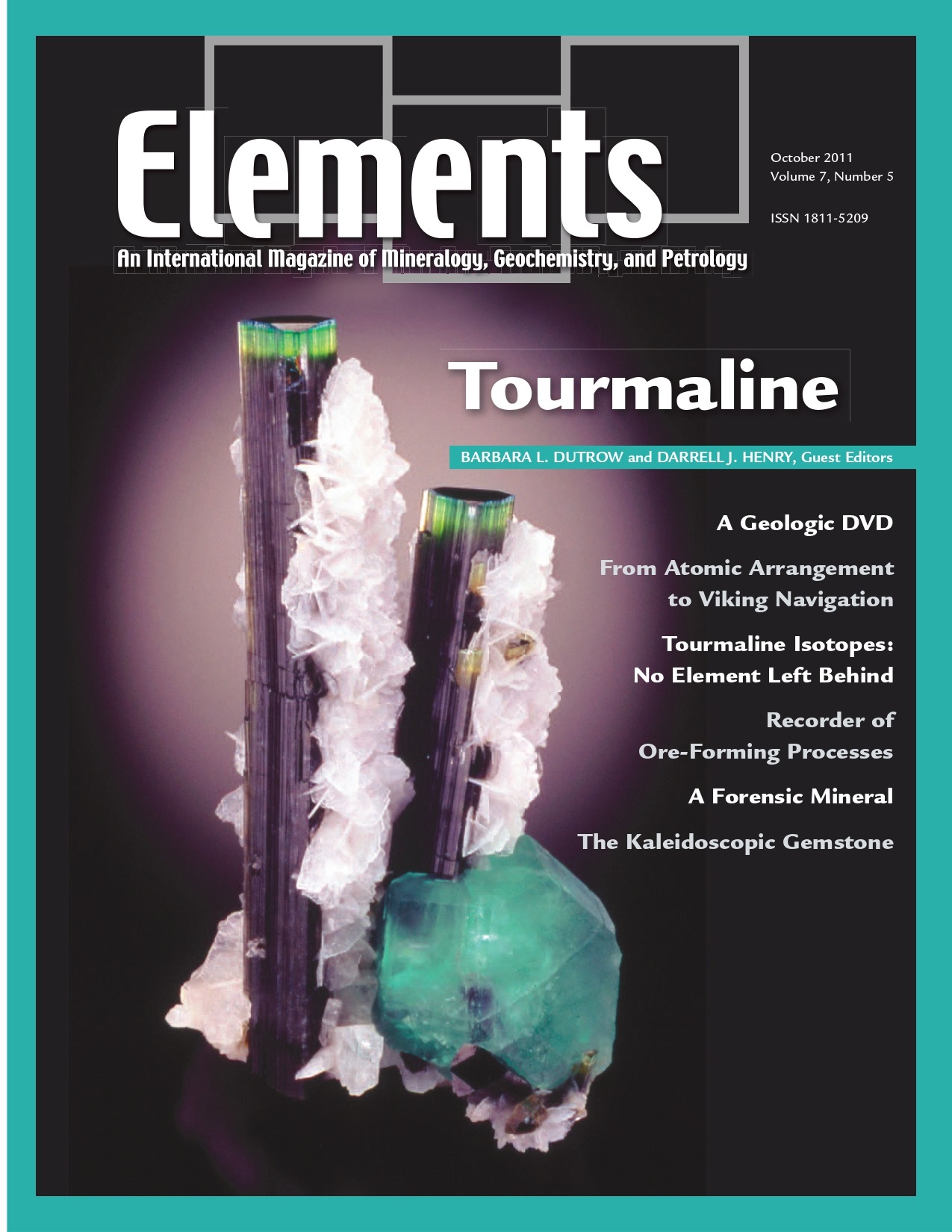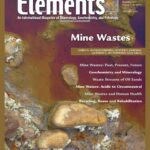Tourmaline, October 2011, Vol. 7, No. 5
$20.00
From the Vikings’ sunstone to a modern piezometric pressure sensor, tourmaline is an intriguing mineral with a new degree of significance. Tourmaline was considered by 18th century physicists as the key to a grand unification theory relating heat, electricity, and magnetism, but new studies define its role as an indicator of Earth’s processes.
Tourmaline
October 2011, Vol. 7, No. 5
From the Vikings’ sunstone to a modern piezometric pressure sensor, tourmaline is an intriguing mineral with a new degree of significance. Tourmaline was considered by 18th century physicists as the key to a grand unification theory relating heat, electricity, and magnetism, but new studies define its role as an indicator of Earth’s processes. With its plethora of chemical constituents and its wide stability range, from near-surface conditions to the pressures and temperatures of the mantle, tourmaline has become a valuable mineral for understanding crustal evolution. Tourmaline encapsulates a single-mineral thermometer, a provenance indicator, a fluid-composition recorder, and a geochronometer. Although also prized as a gemstone, tourmaline is clearly more than meets the eye.
Why You’ll Love Elements Magazine:
- Expert Contributors: Articles written by renowned researchers in the field of geoscience.
- Engaging Content: Join a community of readers who are passionate about Elements.
- Exceptional Quality: Each issue is printed on high-quality paper with stunning visuals and detailed illustrations that bring complex scientific concepts to life.
Order your copy of the October 2011 issue of Elements magazine today and uncover the secrets of tourmaline.
Related products
-
Toxic Metals In The Environment: The Role Of Surfaces, September 2005, Vol. 1, No. 4
$20.00Metals are prevalent in the environment. They are derived from both natural and anthropogenic sources.
-
Arsenic, April 2006, Vol. 2, No. 2
$20.00Arsenic is an element known throughout history as a classic poison. Currently, very small but highly significant concentrations of this element in drinking water supplies are causing massive health problems to many millions of people in some of the world’s poorest nations, and more localised sources related to mining and processing are also a concern.
-
Glasses And Melts: Linking Geochemistry And Materials Science, October 2006, Vol. 2, No. 5
$20.00Geological interest in studying melts stems from early recognition that melts play a fundamental role in determining the physical and chemical behaviour of magmas and magmatic processes. However, due to the inherent difficulties associated with working at high temperatures, much of the geological research over the last 30 years has used quenched melts or glasses as proxies for melts themselves.






